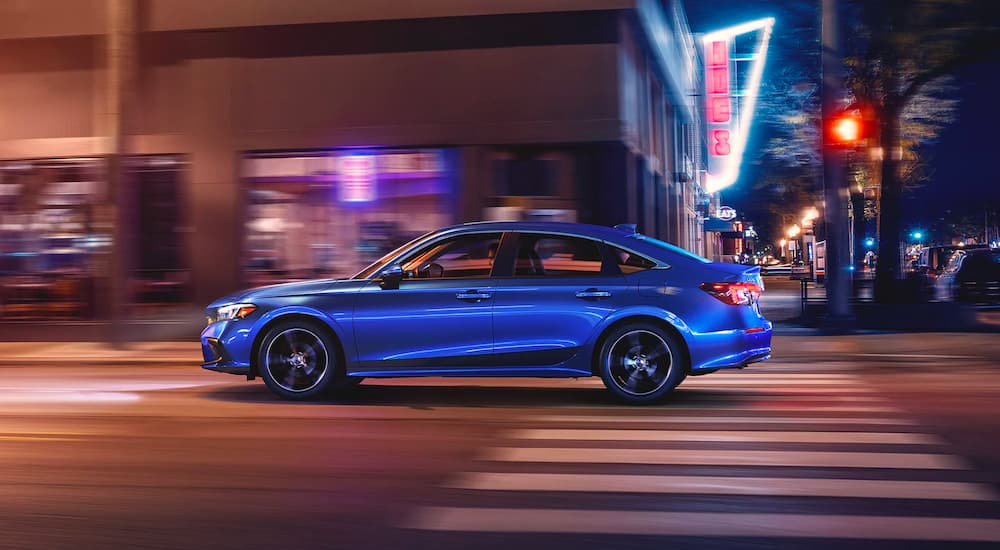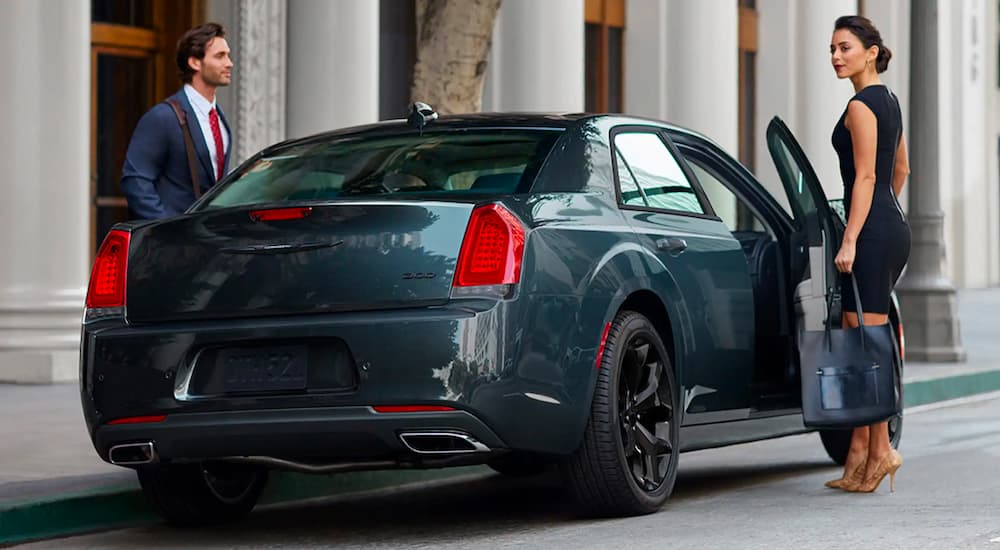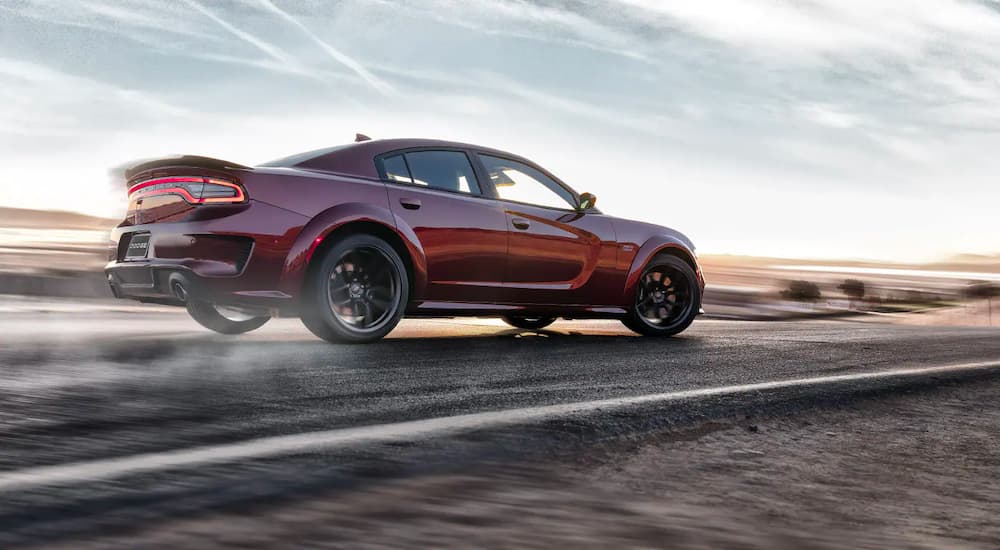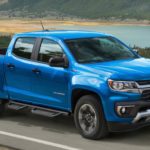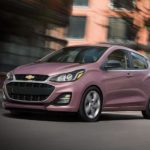Go to a car dealership that sells a domestic brand, and you’re going to see something pretty quickly: there are very few sedans left out there. While sedans once dominated American car sales, they’ve been left behind, discontinued, and ignored by many auto manufacturers – especially the Big Three here in the US. Ford, GM, and Chrysler (now part of Stellantis) have essentially killed off all of their sedans, leaving only a couple of cars left between them. Sports cars are still hanging around because there’s nothing else quite like them out there, but the classic four-door sedan has all-but bit the dust.
So what happened? Well, there are a couple of different factors at play that have resulted in sedans becoming increasingly less popular here in the US. In response to this, the auto manufacturers have produced fewer of them and more SUVs (especially crossovers), which has only resulted in fewer sedans being sold – since fewer are available – and the pattern repeats itself. There are a few holdouts, of course, especially the major Japanese auto brands like Honda and Toyota, but as far as American manufacturers seem to be concerned, the sedan is dead.
Sedans vs SUVs in the Past
For a long time, sedans were the go-to option for most drivers – especially if you include similar models like station wagons with them. These vehicles just had everything you needed: plenty of seating for friends and family, spacious trunks to load up with baggage, and reliable performance. They might not have been particularly flashy, but they were functional and affordable, with improved fuel economy from one decade to the next.
When SUVs first started getting popular in the 1980s, there were some strong initial reasons not to choose one. For starters, they were really large, and a lot of people felt uncomfortable getting behind the wheel of something that felt like a top-heavy truck. This top-heavy design also created a lot of safety concerns for drivers, with early models being particularly prone to tipping and rollover accidents.
Early SUVs were also notorious for poor fuel economy – a lot of them were outright gas guzzlers and far from practical. They were also typically pretty expensive, so you’d have to pay more for them while dealing with a lot of these negative issues. Ultimately, they were generally seen as pretty niche: you might choose one if you loved going off-roading or you were a celebrity, but most drivers didn’t go for them.
Changes in the Market
Over the last couple of decades, things have changed dramatically in terms of how SUVs are developed and designed. Perhaps the single most important change was the introduction of the crossover design. Traditional SUVs are built like a truck; they tend to use a platform from a truck made by the same manufacturer and have a body-on-frame design much like a pickup. Crossovers, on the other hand, are designed more like cars; they use car platforms and a unibody design much like a sedan.
The proliferation of the crossover SUV has been a huge force in SUV models taking over the market. Crossovers can be made smaller, with fuel economy that competes with sedans and a feel that is closer to what people were already comfortable with. So, somewhat ironically, sedans sort of helped create their own downfall since their design led to the crossover, which has rapidly eclipsed them in popularity. Just as importantly, traditional SUVs weren’t eliminated, so you can now choose an SUV design in a wide range of sizes, creating a market where there’s something for everyone.
Sedans vs SUVs Now
When we look at what sedans and SUVs have to offer today, it’s a much different picture from what we saw a couple of decades ago. Now, pretty much anything a sedan can do, a crossover can also do while giving you a larger interior and more space. The larger size of a crossover or SUV makes it easy to load up with a big family or group of friends – far more than can safely fit into a sedan. This also gives you a lot more functional space than the comparatively small trunk on the back of a sedan – the practical benefits of a crossover are just huge.
In addition to this, fuel economy is much less of an issue than before. In part, this is because the price of gas fell dramatically throughout the 2010s. Since gas cost less, it was easier to justify a crossover with only slightly inferior gas mileage than a smaller, less functional sedan. On top of this, a lot of small and compact crossovers can pretty well compete with the fuel economy of a sedan at this point. Plus, electronic stability control has made rollovers much rarer.
Finally, there are other safety issues at play. All else being equal, with safety systems out of the equation, if an SUV and sedan get into a head-on collision, the person in the sedan is far more likely to be seriously injured or killed. The higher stance and heavier weight of an SUV make them more dangerous for sedans in a collision – as more people drive SUVs, it means those still in sedans become increasingly at risk. So drivers who are concerned about safety find themselves thinking, “If everyone else is in an SUV, then I need to be in one too, to stay safe.”
Falling Sales and Market Share
All of this has resulted in falling sedan sales over the last decade or so. As the major American auto manufacturers watched sedan sales decline, they responded by reducing orders for their sedans or outright canceling them. Over the last few years, the Big Three have killed off nearly their entire lineup of sedans. Ford has no sedans left in production, Chrysler only has the closely related Chrysler 300 and Dodge Charger, and GM only produces the Chevy Spark and Chevy Malibu. That’s it!
How bad were the sales to cause such a massive change? Let’s look at the data. In 2010, 11.6 million vehicles were sold. Of those, 50% were cars, 34% were SUVs, and 16% were trucks. In 2019, 17.1 million vehicles were sold. But this time, 50% were SUVs, 30% were cars, and 21% were trucks. This means that over that 10-year period, overall vehicle sales increased by nearly 50% – and during that time, cars went from being half of all vehicles sold to less than a third while SUVs swapped places with them.
Sedans from Overseas
Despite this massive change in the market, there are still plenty of brand-new sedans available out there – you just have to look beyond the Big Three. Toyota, for example, has a huge lineup of vehicles with numerous sedans, including the Prius, Corolla, Camry, and Avalon. Similarly, Honda has the Civic, Accord, Insight, and Clarity available – so while GM and Ford seem to have lost interest in the sedan market, other manufacturers have swooped in to take their place.
Ultimately, I think this is what the Big Three aren’t seeing, and it means they’re missing out on something very important. Yes, SUV sales have boomed over the last decade, and the crossover has replaced the sedan in a lot of driveways. But look at the numbers up above: there were still 5 million new cars sold in 2019 (sure, that includes sports cars, but it’s a lot of sedans), with Ford, GM, and Chrysler getting very little of that. So while the US manufacturers seem to have decided that sedans are dead, millions of Americans are saying otherwise, and they’re happily giving their money to Toyota, Honda, and others.
